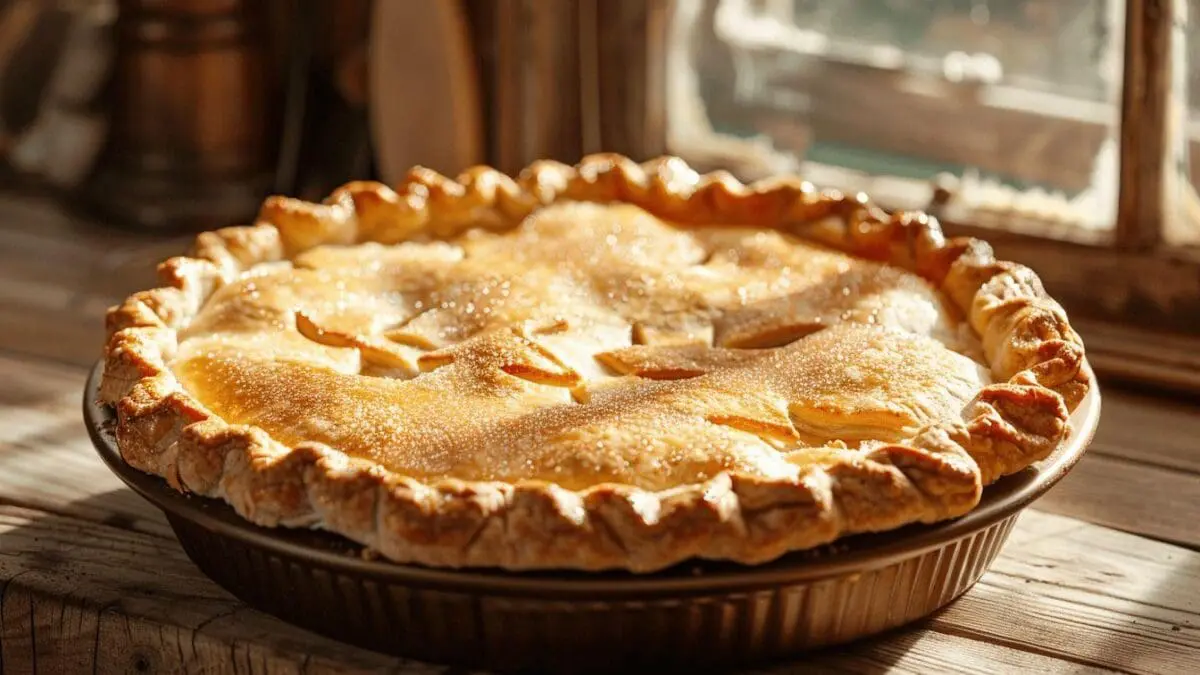The annual cycle of a sprinter’s training is meticulously designed to enhance performance while minimizing injury. During the so-called base phases, when athletes build their physical foundation for the season, attention to muscle health is paramount. Notably, ex-sprinters have developed and shared a calf-strengthening routine that promises to reduce the incidence of Achilles tendon flare-ups, an issue that sidelines many athletes each year.
The science behind calf conditioning
Research has shown that effective calf training can enhance the elasticity and strength of the Achilles tendon. The biomechanical relationship between calf muscle strength and tendon health is pivotal in preventing injuries. Enhanced calf strength helps distribute force more evenly during physical activity, thereby reducing the load on the Achilles tendon.
Studies conducted across various sports disciplines corroborate these findings, highlighting the reduced injury rates in athletes who adhere to specific calf-strengthening protocols.

Core components of the calf routine
The routine brought forward by these seasoned sprinters includes a mix of weight-bearing exercises and stretches designed to target both the gastrocnemius and soleus muscles.
- Standing calf raises
- Seated calf raises
- Eccentric heel drops
- Calf stretches against a wall
Each exercise is recommended to be performed with a focus on slow, controlled movements to maximize muscle engagement and minimize the risk of strain.
Adoption among recreational athletes
While these routines were initially tailored for high-performance athletes, their benefits have proven universal, leading to their adoption by recreational runners and sports enthusiasts. Fitness trainers and physiotherapists now routinely incorporate these exercises into their sessions, citing the clear benefits they offer in terms of injury prevention and performance enhancement.
Feedback from the athletic community
Feedback from the community who have integrated this routine into their training regimes has been overwhelmingly positive. Many report not only a decrease in Achilles-related issues but also an improvement in overall stability and endurance.
A survey conducted last year revealed that athletes who consistently followed the calf-strengthening program saw a 40% reduction in tendon complaints compared to those who did not.

Limitations and precautions
Despite its effectiveness, this routine is not a panacea. Experts caution that athletes with pre-existing conditions or those recovering from injury should consult with a professional before embarking on any new training regimen. Additionally, the importance of a comprehensive approach, including proper warm-up and cool-down routines, cannot be overstated to avoid the risk of injury.
Further research and developments
Continued research into the optimal training regimes for Achilles tendon health is ongoing, with several studies aimed at refining and validating the effectiveness of various exercises. The commitment to understanding and enhancing athlete safety and performance continues to drive innovation in this field.
As these routines become further validated and optimized, they are expected to become a staple in athletic training across disciplines, offering a beacon of hope for many who struggle with tendon issues.




Wow, never knew calf strengthening could have such a big impact on Achilles health! 🏃♂️